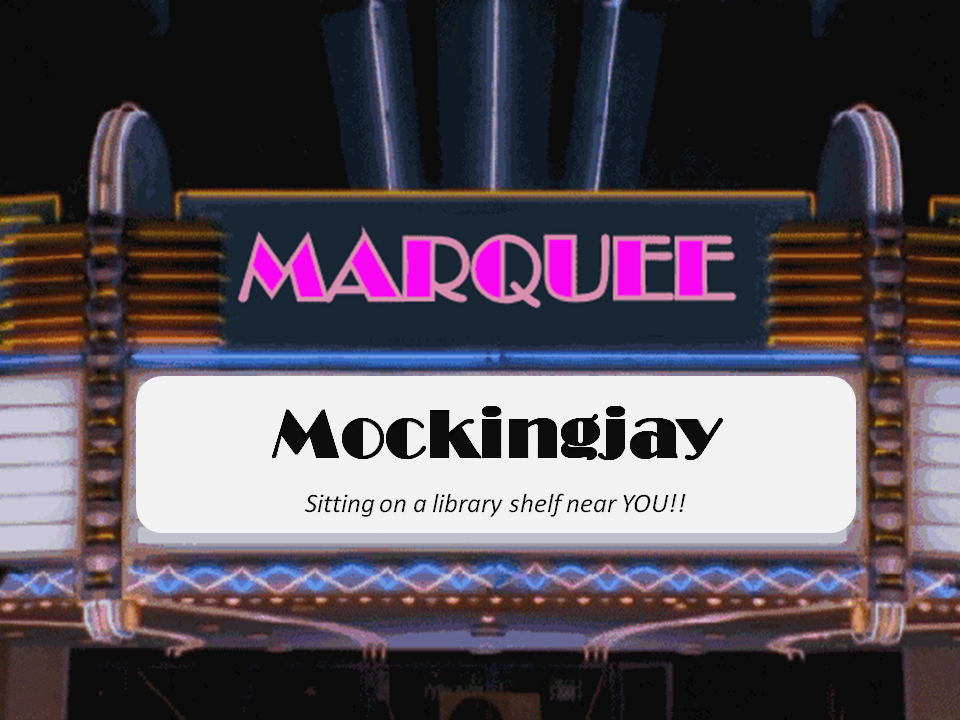It all began with a book trailer.
If you don't show book trailers to your students yet, it's time to start. Book trailers are to books as previews are to movies. They get kids thinking about what they want to read, and the good ones spark a hunger.
Wonder, by RJ Palacio, has a good one. It made us, as a class, do exactly what we were meant to do -- wonder about the book. Lots of kids wrote its title on the "Books I Want to Read" page of their composition books. After viewing the trailer, everyone was dying to know why, exactly, did Auggie's face make "ordinary kids run away screaming on playgrounds"? And what did he mean when he said " . . . the only reason I'm not ordinary is that no one sees me?" Although we speculated, no one got any answers that day. Our library's one copy was already checked out which, in retrospect, was probably a good thing. The wonder grew.
Never one to wait on a good book, I picked up a copy after school and changed "Mrs. McHale is Reading . . . " on the whiteboard at the front of the room.
Fortunately, reviews on the back of the book jacket had three great adjectives for us to harvest: "engaging," "memorable," and "inspiring." By adding them to a "Words for Discussing Books" list in our composition books, and then discussing their definitions, the students stretched their academic vocabularies. But they also remembered the interesting trailer we'd seen on Library Day, and many reminded themselves to try to check out the book. Their wonder grew.
After a week or two, copies of Wonder started popping up in some of my classes.
"Did you check that out from the library?" I asked.
"Nah," one boy said. "I got tired of waiting and asked my mom to buy it for me."
The kids reading Wonder during SSR shared out about it in "Book Talk" afterward. It invariably shot up when I instructed the class to "Hold up your book if you like it." And then? Word of mouth did what teachers only wish they could do. Demand for the book began to spread like wildfire. I didn't even realize it had happened until later that semester.
And it all began with a book trailer.
































